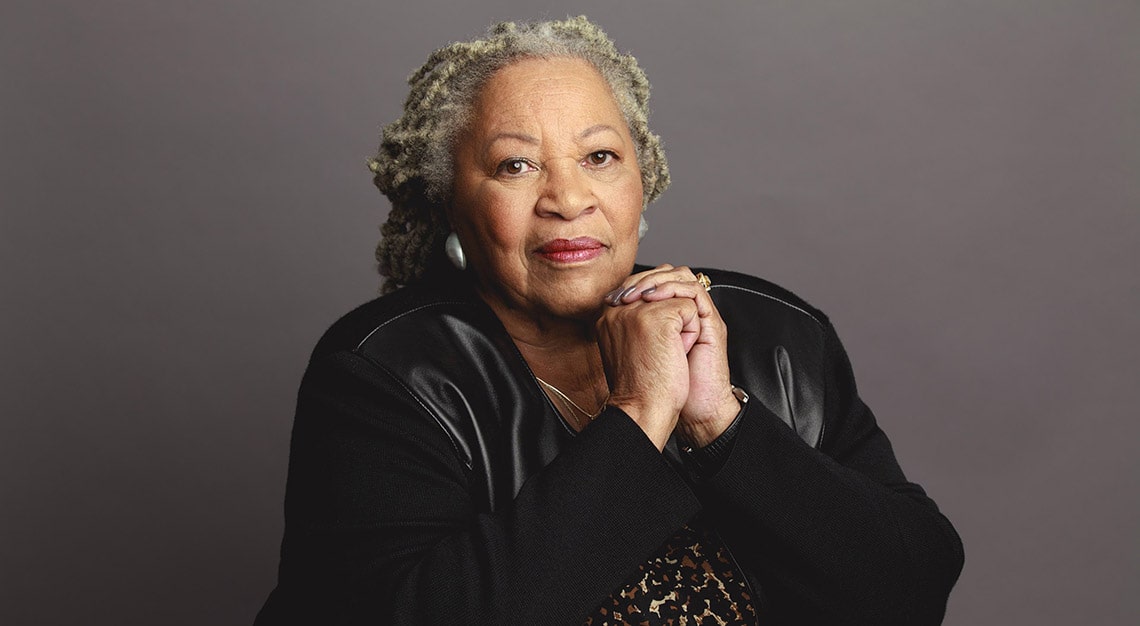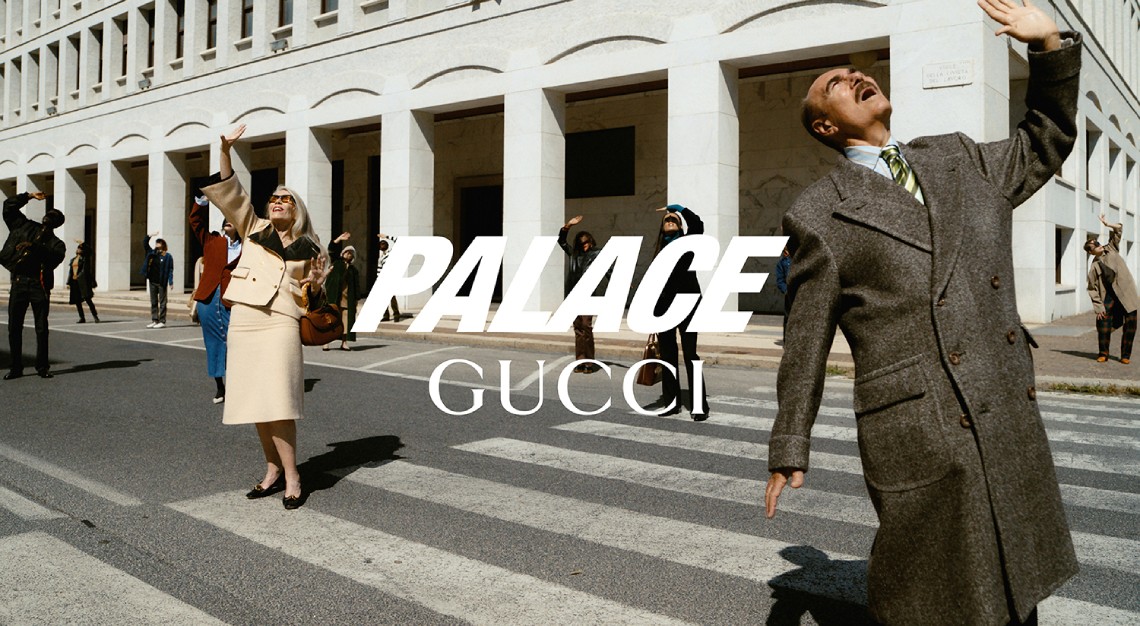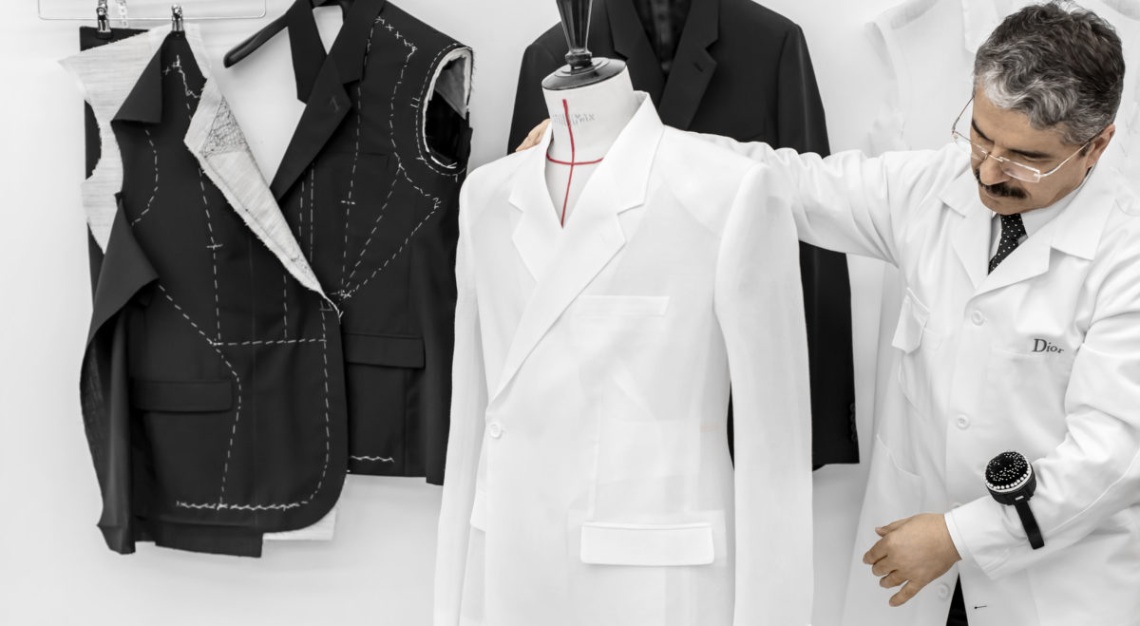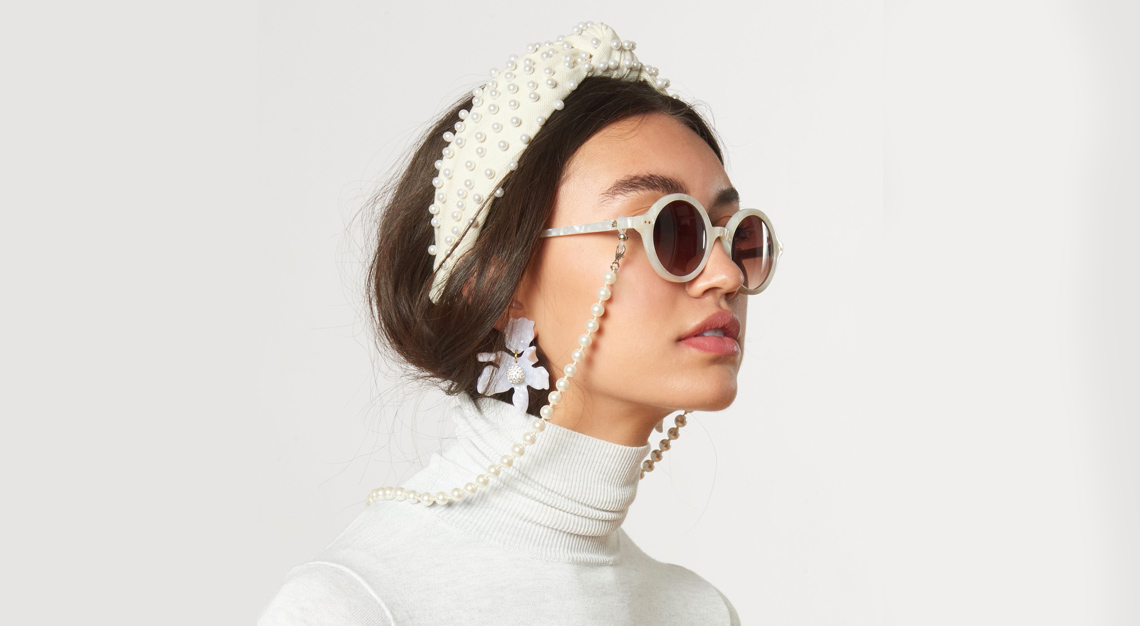Robb Report Singapore‘s raving reporter Andrew Leci has his own take on the last century’s most ‘stylish’ women
Fashion comes ‘from without’; style ‘from within’. I read that in an article somewhere, so it must be true. Choosing five fabulous female style icons from the 20th century, therefore, was always going to be a challenge; with an attendant, unhealthy degree of subjectivity. But as the men in my previous piece tugged at hearts, stimulated minds and rocked the world, so too do the women who made such an impact in a period of remarkable change and development – culturally, philosophically and aesthetically.
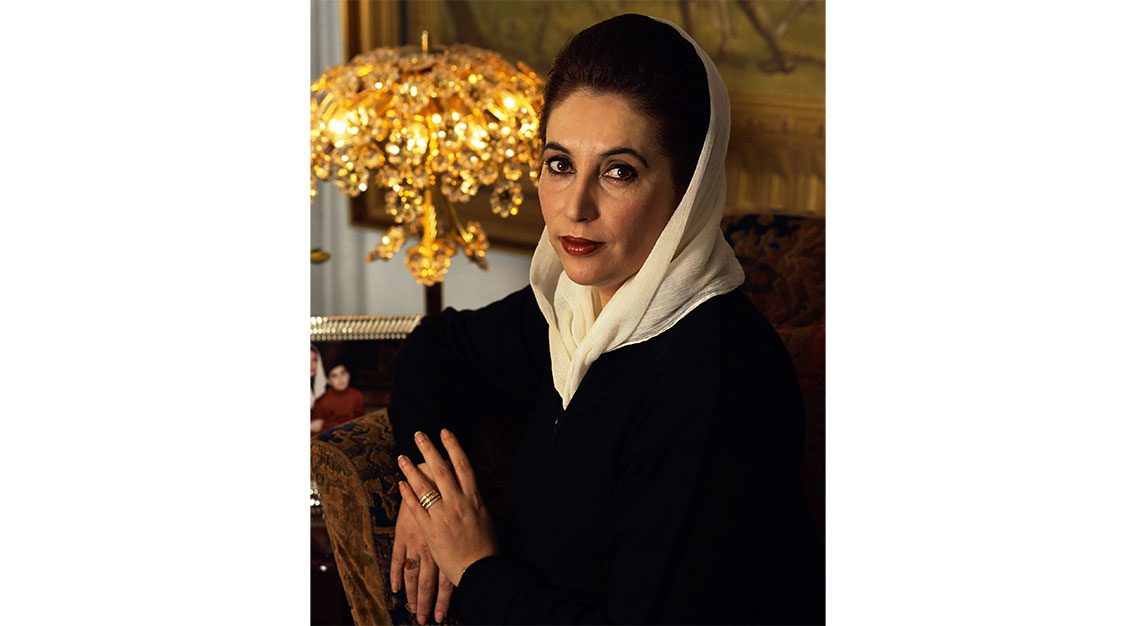
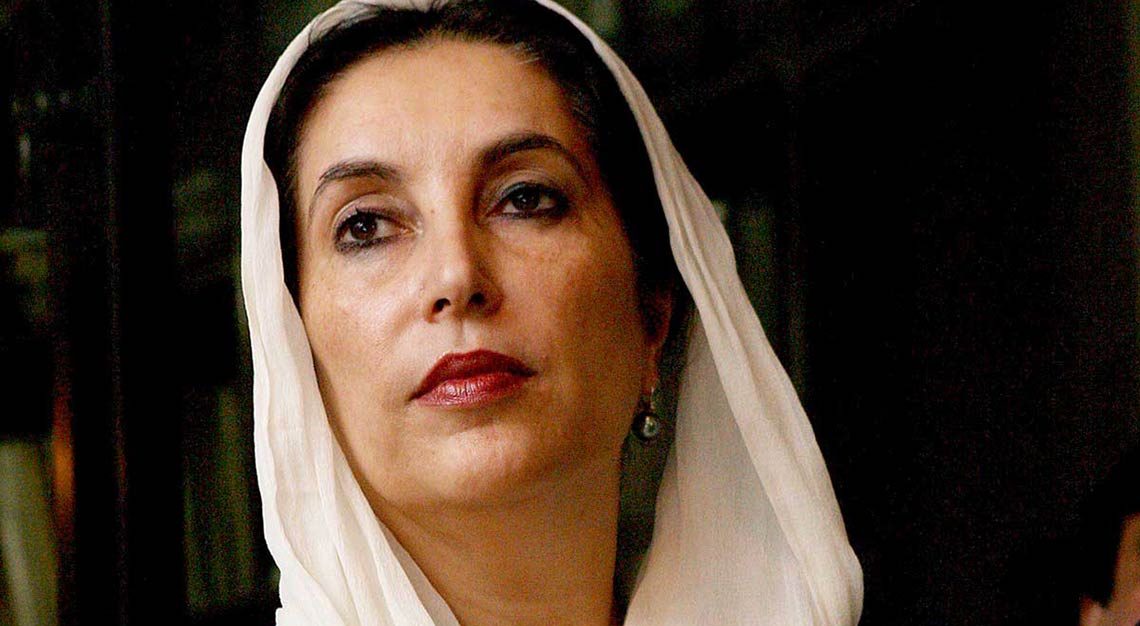
Benazir Bhutto
As the first woman to become the head of a democratic government in a Muslim majority nation, Bhutto’s political career was fraught with challenges and controversy. Promoting a brand of secular socialism, and assuming the role of a rampart against Islamic extremism was never going to be easy in Pakistan at the end of the 1980s.
She was immensely popular overseas, however, as a stateswoman who possessed a fierce national identity and was desperate to modernise and liberalise her country. Her traditional outfits were worn with pride – as well as a degree of panache – challenging the west’s perception of a patriarchal society.
Erudite and often very straight talking – she was ridiculously well-educated, having attended both Harvard and Oxford universities – she was as elegant in her appearance as she was in her speech. Her sense of personal style helped turn the head scarf into a fashionable item that she always wore with élan and a sense of defiance. Such, one imagines, was her need to appear larger than life in the male-dominated society she strove to change, that she had shoulder pads fitted on her salwar kameez tunics, but she always owned the look.

Georgia O’Keeffe
When O’Keeffe was growing up in the early part of the previous century, women’s clothes were both flouncy and constricting in equal measure. Women were meant to don apparel that accentuated their feminine form. Georgia O’Keeffe was having none of it; just as much as she wasn’t having any of the formal art training she received as an 18-year-old.
She didn’t simply want to copy what was in nature. Realism, and by dint, expectation bored her. The subsequent abstraction led to her place in the pantheon of American modernism, and she created artworks – flowers, landscapes (stylised, obviously), and skulls – that hit the viewer at a visceral level.
With a striking appearance that many described as ‘androgynous’ – she had piercing eyes that seemed to question the very soul of a person – O’Keeffe was always exactly who she was, when she was, and never what others expected her to be.
And she created her own look – one that symbolised her artistic style and lifelong commitment to minimalism. Often sporting slicked-back hair and an austere demeanour, her couture of choice – from kimono-style coat, to white linen blouses (many of which she made herself) – reflected the distilled aesthetic of her art.

Hedy Lamarr
Hedwig Eva Maria Kiesler was an inventor and a part-time screen siren (yes, this is irony) who, in her heyday, was described as ‘the most beautiful woman in the world’. Her smouldering looks and exotic eastern-European accent brought her to the ‘attention’ of Louis B Mayer (MGM’s studio head at the time), after which she starred in a number of films in the 1930s and 1940s.
Unbeknownst to most, however, she was also an inventor, whose laboratory was kitted out, at one point, by the largesse of a certain Howard Hughes. Not only did she find a way of making Hughes’ airplanes faster and more efficient, she also invented ‘frequency hopping’ to keep radio-controlled torpedoes on track during World War II. It wasn’t deployed because the Americans thought she may have been a Nazi spy, but it did become part of ‘spread spectrum’ technology, and contributed to the emergence of both wi-fi and Bluetooth.
Despite this, Lamarr will be best remembered and better known for her spectacular screen presence and the not inconsiderable talent she brought to her roles. She was eminently watchable; would have looked good wearing a paper bag, and had a style that reflected what she knew and what she would come to know. There was so much more to her than met the eye, even if people didn’t know it at the time.
She never took credit for her work as an inventor. Did it leave her bitter? Perhaps; but not bitter enough to deny her son some parting words of wisdom in the form of a short poem.
“Give the world the best you have,
And you’ll be kicked in the teeth.
Give the world the best you’ve got, anyway.”
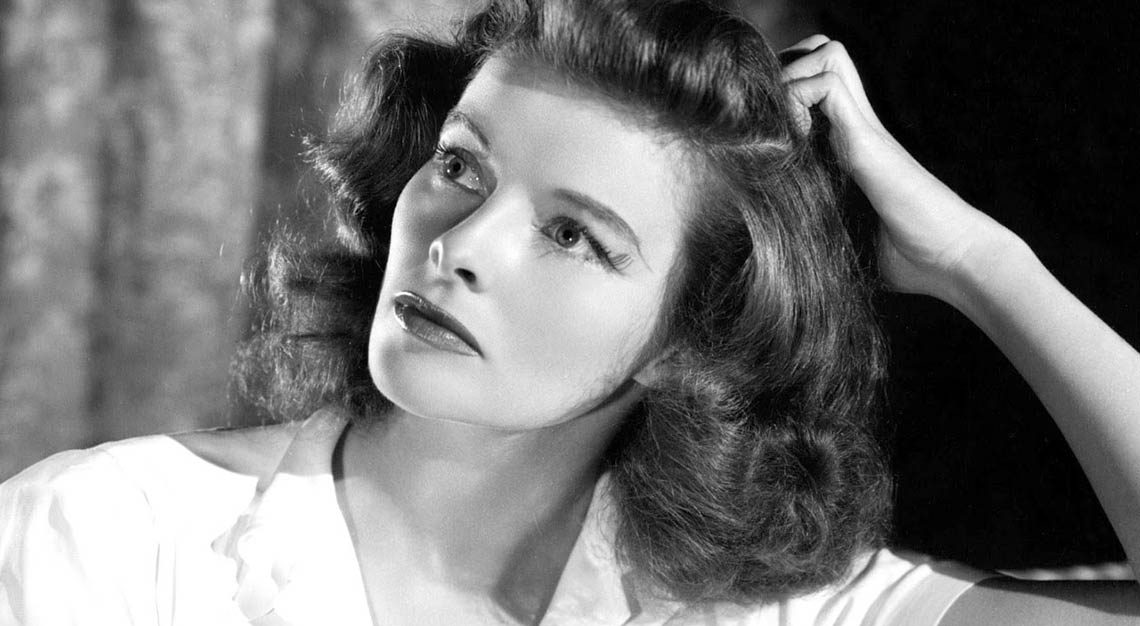
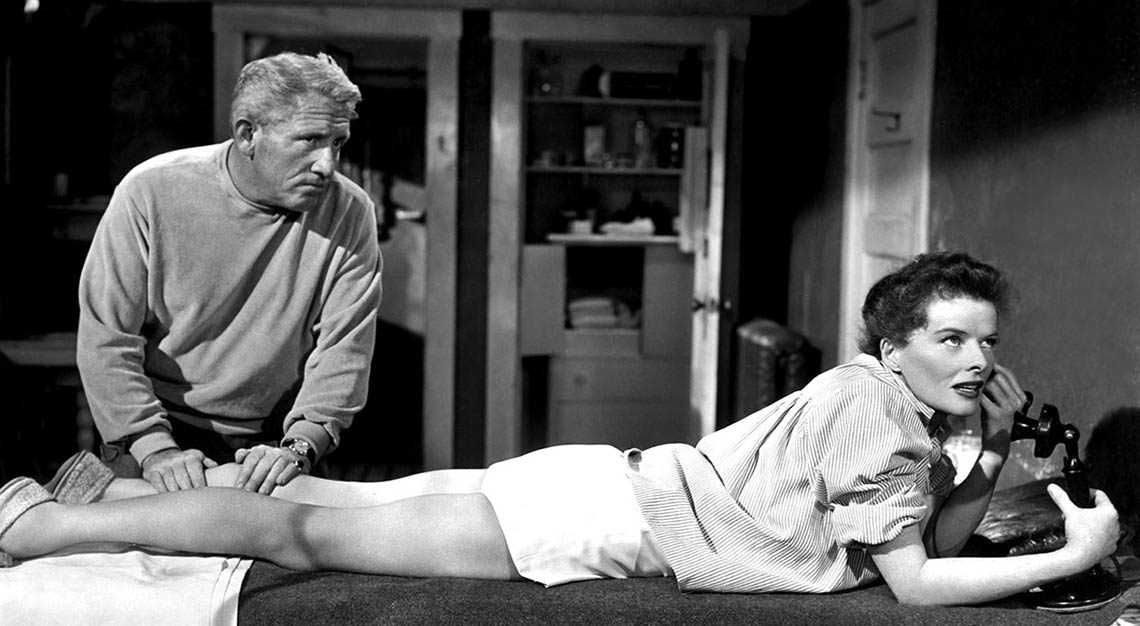
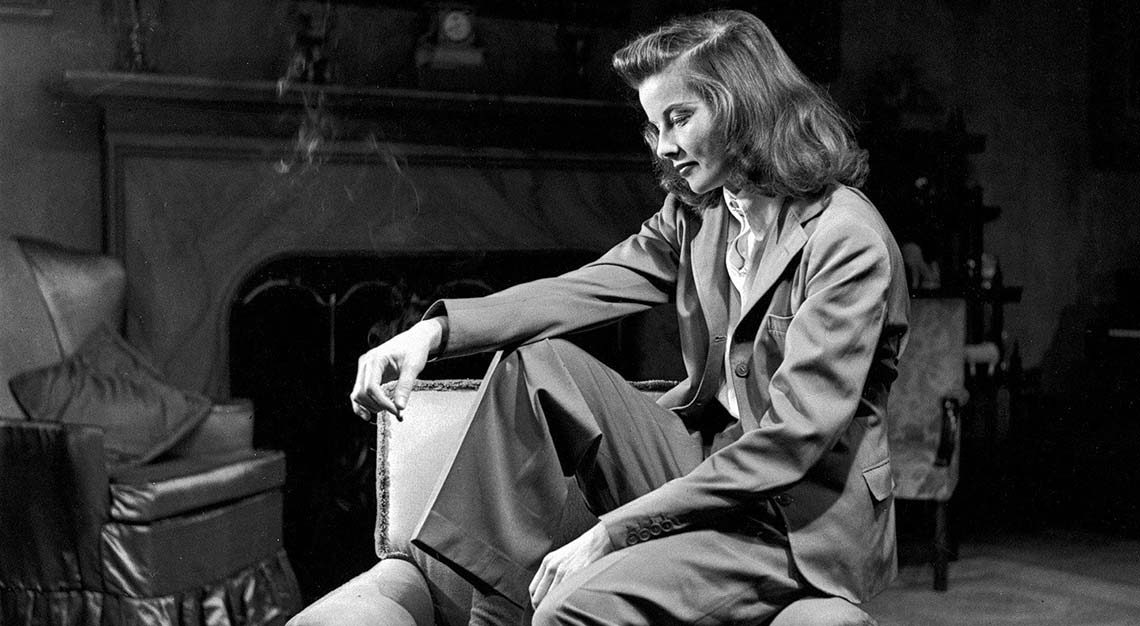
Katharine Hepburn
There was always going to be a Hepburn in this list, but the fact that it’s Katharine and not Audrey might surprise some. Katharine was quite remarkable in that unlike so many Hollywood stars who twinkle for a while and then fade as another dawn approaches, hers shone brightly for six decades.
Always known as strong and wilful – she didn’t like the media and wasn’t fond of interacting with her fans – she earned the nickname, ‘Katharine of Arrogance’, which she probably would have liked. She refused to be conventional, and never played ‘the star’, preferring privacy and casual clothes to the constant red-carpet look required of many these days. She wore trousers at a time when it was frowned upon, and embraced movies in which there were roles for redoubtable, independent women – despite this occasionally resulting in box-office failure.
She never considered herself a siren, and knew she could be difficult – she once said, “I have an angular face, an angular body, and, I suppose, an angular personality, which jabs into people.” Perhaps it was this that made her such a formidable and captivating presence both on an off screen, and she still holds the record of four Academy Awards in the Best Actress category.
Her personal style was something else again; bold, often seemingly careless, but always purposeful, reminding us that what lies within is more important than outward appearance.
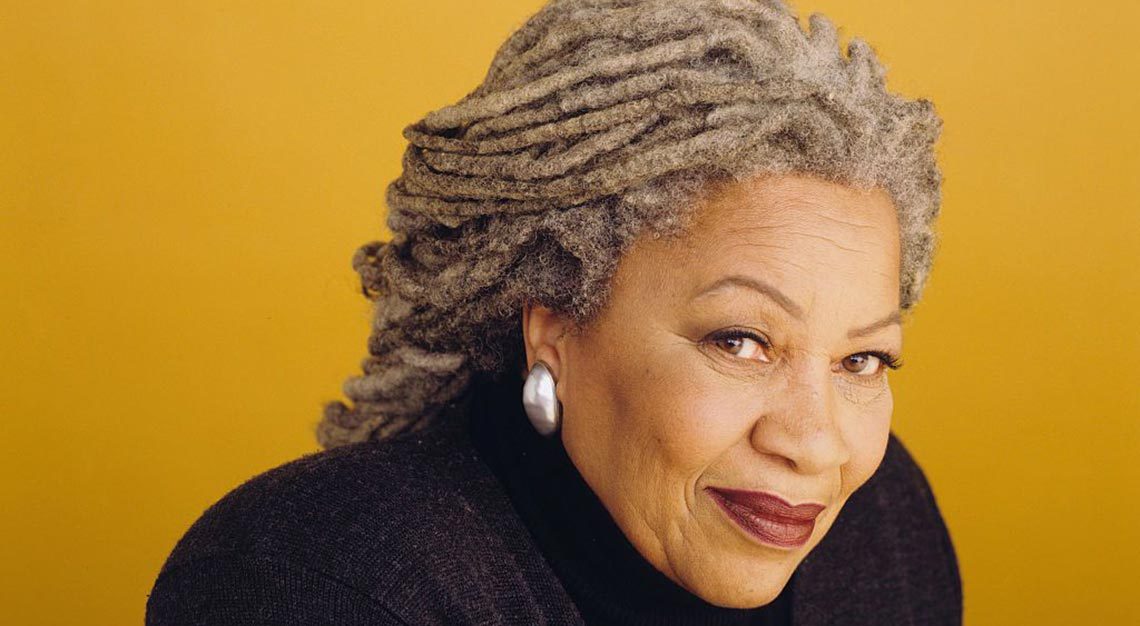
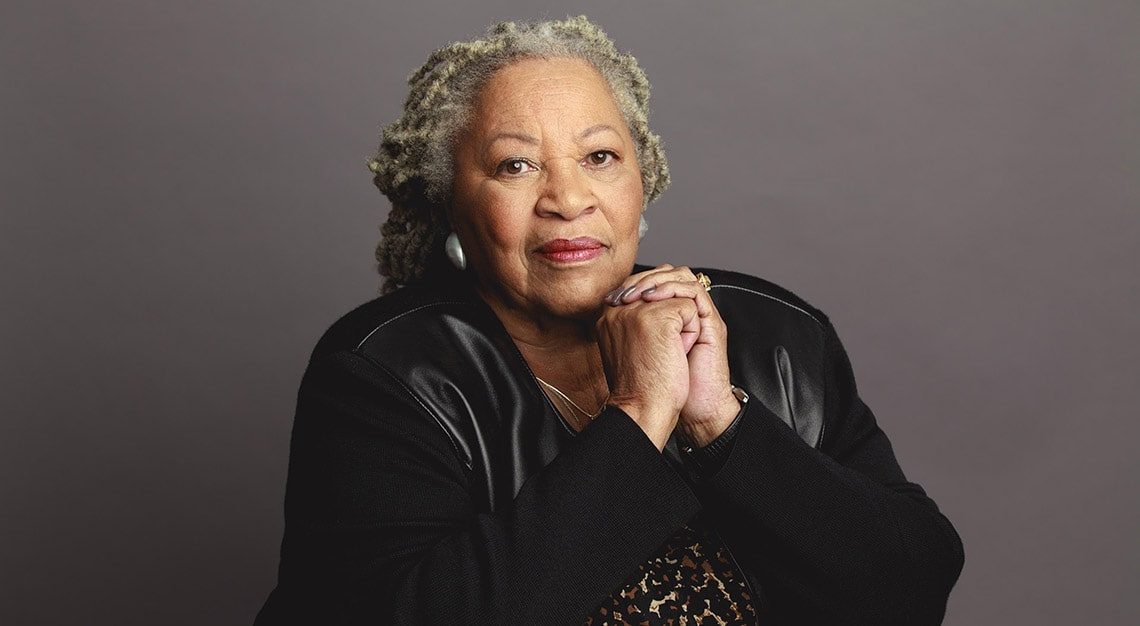
Toni Morrison
“If there’s a book that you want to read, but it hasn’t been written yet, then you must write it.”
Toni Morrison has always been quotable, but this one ranks among my favourites, and is so characteristic of the woman, her work and her worldview. Growing up during a time and a place in which racism was rife, Morrison (born as Chloe Ardelia Wofford), was regaled by her parents with songs and tales rich in history and tradition.
This was something that gave her writing so much resonance, and her prose a delightful lyricism. While often complex and intricate, her novels are supremely readable. Her similes and analogies were always there to elucidate, not to confuse and display literary skill to the reader.
As a writer and as a person Morrison never shied away from the big issues, using her fierce intellect and growing reputation to help us all peer relentlessly into the human condition and come up with our own answers to the important questions. In 1993 she became the first African-American to win the Nobel Prize for Literature, which would have gone nicely with the Pulitzer she picked up seven years previously.
She has always been a person of substance, and a role model to the disenfranchised. Her frowning glare, I would imagine, could kill a person from ten paces, while her smile (like many of her ideas) would illuminate a gathering. Seemingly haphazard in her couture, even at the age of 88 she looks fabulous, and it’s a look born of a self-assurance and the right she has earned to be able to say “No”, “Shut up”, and “Get out”, whenever she chooses.
